
Wholesome ingredients and preparation methods are the key to making this easy and healthy, yet hearty, rich, and very satisfying Eastern European cabbage soup. Contrary to its sometimes-unflattering reputation in Western literature or among tourists who encountered bland versions in Soviet-era Intourist lunches, the best cabbage soup is neither watery nor tasteless. When done right, it’s a delightfully hearty soup, bursting with dominant umami flavors spiked with a tang of fermented vegetables.
This post contains affiliate links, including links from the Amazon Associates programs. These links will direct you to products I recommend for further exploration and enjoyment of the topics I cover on my website and in my lectures. See more in the Privacy Policy below.
Why Homemade Eastern European Cabbage Soup is a Keeper
A hearty cabbage soup can make a meal. Made with fresh cabbage and homemade chicken stock, served with a dollop of sour cream, sprinkled with fresh parsley and dill, and a chewy hunk of rye bread, you need very little else (except perhaps a shot of vodka) to complete your repast.
Ingredients & Substitutions
Cabbage soup is incredibly versatile, and the ingredients depend very much on your own tastes and what you have on hand. The basic recipe for cabbage soup varies across Eastern Europe, with each region adding its own unique twist. In Russia, shchi is typically made with fresh or fermented cabbage, onions, carrots, and sometimes meat. Ukrainian kapusnyak often includes pork and may be thickened with millet or barley. Polish kapuśniak might feature kielbasa sausage and be seasoned with caraway seeds. Despite these variations, the core concept remains the same: a hearty, warming soup with cabbage as the star of the show!
Stock
A key ingredient is the stock or broth. If you have the time and the inclination to make homemade stock from beef ribs, pork chops, or a rich chicken broth from the remains of a rotisserie chicken, your soup will only benefit. While grocery stores offer very good quality stocks, nothing beats a delicious broth you have simmered low and slow for hours.
Vegetables
Don’t make the mistake of thinking that cabbage is the only vegetable in cabbage soup. Quite the opposite! Adding in red potatoes, carrots, bell peppers, turnips, parsnips, onions, tomatoes, bell pepper, green beans, stalks of celery, and other hearty root vegetables will give depth and richness to your pot of soup. Leafy green vegetables such as sorrel, spinach, and kale can add excellent flavor to your cabbage soup. Be creative with the type of cabbage you use and avoid confining yourself to green cabbage alone: Savoy cabbage adds an interesting flavor note, as does purple cabbage and red cabbage. The recipe below uses Brussels Sprouts for a nice fresh crunchy note, but don’t be afraid to use whatever you have on hand. Many chefs like to add other produce such as mushrooms or apples, as well as white beans, kidney beans, lentils, or other pulses and grains such as barley or millet.
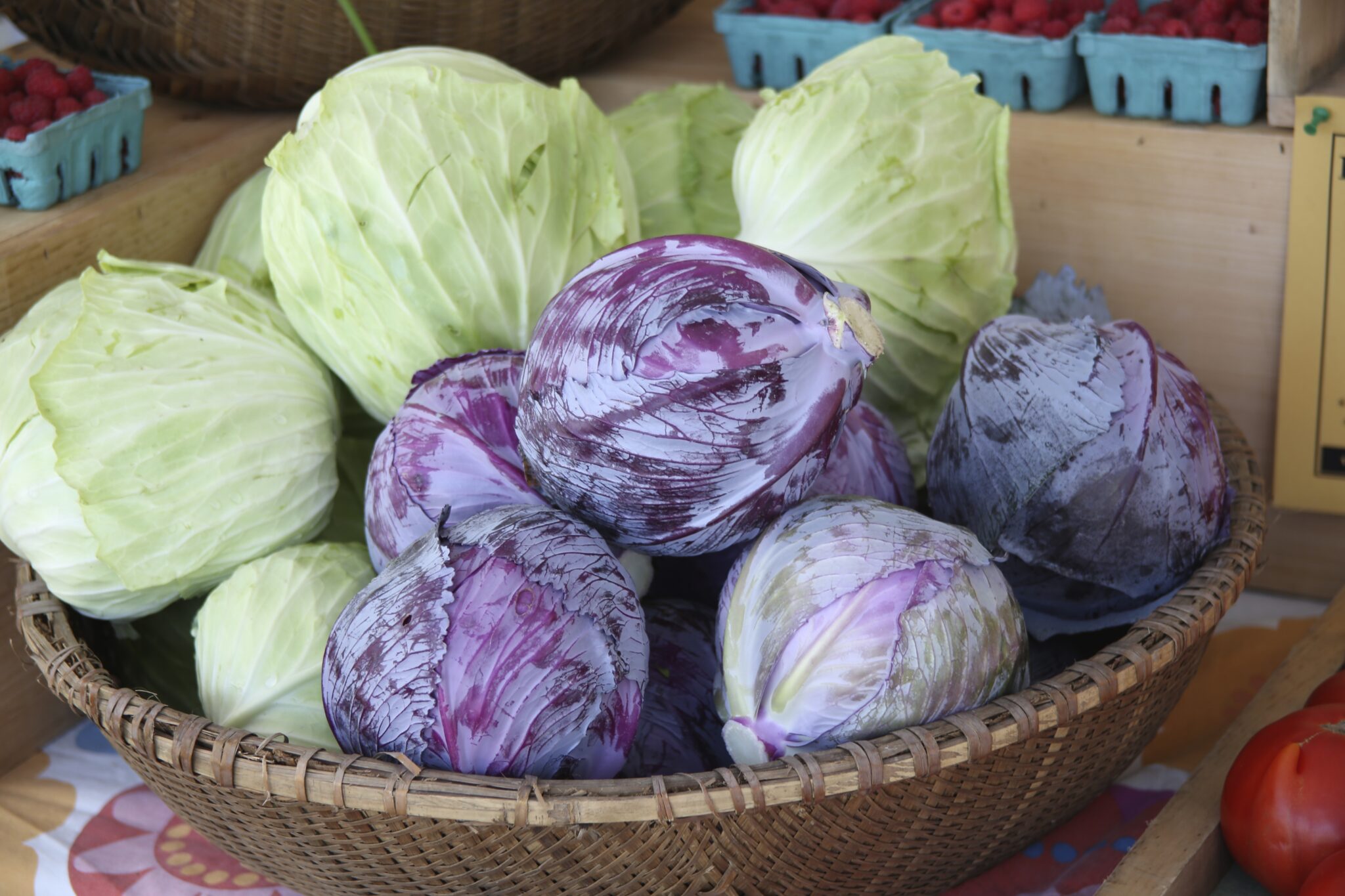
Use Different Kinds of Cabbage! | Photo credit: Jennifer Eremeeva
Herbs & Spices
Fresh herbs and dried spices add additional layers of flavor: bay leaf, caraway seeds, red pepper flakes, black pepper, paprika, cumin, and savory are traditional.
Tomato Paste
A good dollop of tomato paste goes a long way to pulling the entire pot of soup together, thickening it slightly and providing that all-important sweet undertone that goes perfectly with the roasted cabbage. Buying tomato paste in a tube means you can keep it fresher, longer.
Fermented Cabbage and Rasol’
A key ingredient that really makes cabbage soup sing is some kind of fermented cabbage, be it kimchi or sauerkraut, along with its juices, known in Russian as the rasol’. This gives cabbage soup its signature tanginess, which is essential to the final taste.
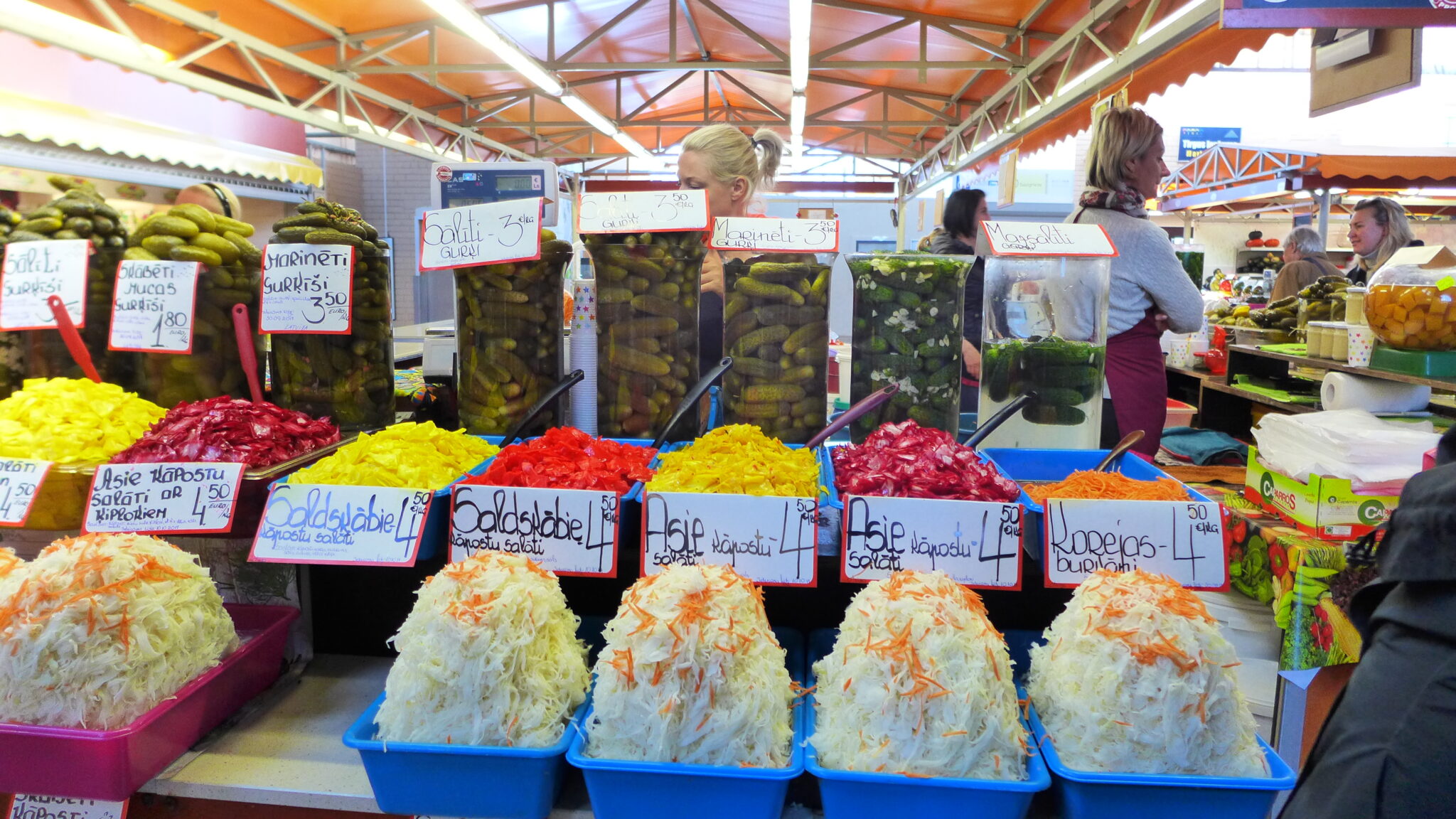
Fermented Cabbage at Riga’s Central Market | Photo credit: Jennifer Eremeeva
Meat & Sausage
Traditional cabbage soup has meat in it — typically pork or beef, but many cabbage soups benefit immensely from the bold flavors of Polish sausage or Latvian smoked pork ribs; the smoke adds another flavor layer that plays very well with the roasted vegetables and tang of the fermented cabbage.
Vegetarian Options
With the ingredients and cooking methods I suggest in the recipe below, it is perfectly possible to make a vegetarian or even vegan cabbage soup with bold flavors, by substituting vegetable or mushroom stock — or perhaps miso paste – as the base. As I always suggest with vegetarian soup recipes, you may wish to add additional umami flavors, such as soy sauce.
While traditional recipes remain popular, modern variations incorporate a wide range of ingredients and flavors. Some versions include beans or lentils for added protein, while others might feature exotic spices or trendy superfoods. This adaptability allows cabbage soup to remain relevant in a changing culinary landscape while still maintaining its essential character.
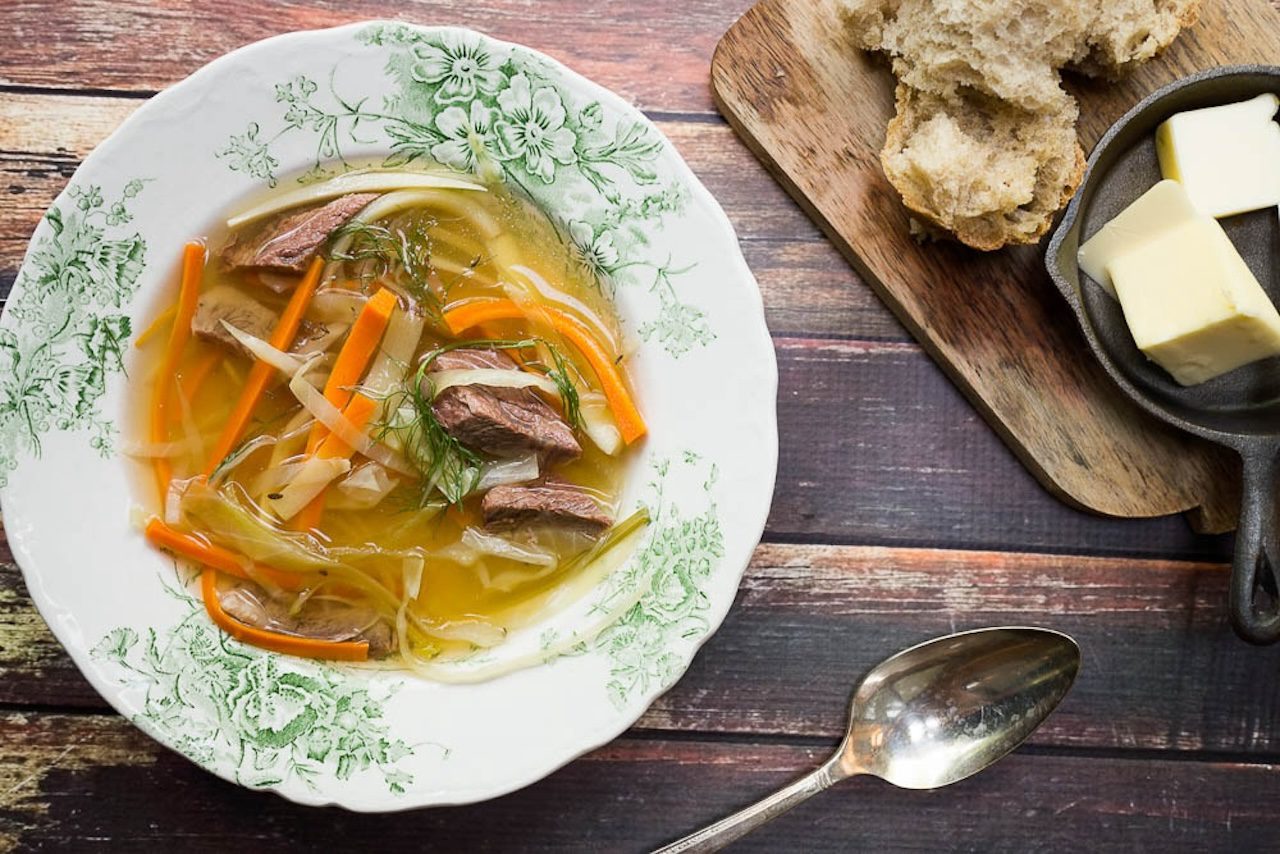
Photo Credit: Jennifer Eremeeva
The History of Cabbage Soup in Eastern Europe
Cabbage soup is a staple dish throughout Eastern and Central Europe, known as kapuśniak or kwaśnica in Polish, kapustnica in Slovak, капусняк (kapusniak) in Ukrainian, and щи (shchi) in Russian. In Czech, cabbage soup is known as either as zelňačka or zelná polévka). Germans treasure their Kohlsuppe or Krautsuppe. The French call it soupe aux choux — and why do things always sound better in French? The Finns call it kaalikeitto, and the Swedes kålsoppa. In Latvia, we know it as Kāpostu zupa.
The history of cabbage soup in Eastern Europe is intrinsically linked to the history of cabbage itself in the region. Cabbage, a member of the Brassica family, was introduced to Eastern Europe during the early Middle Ages. Its hardiness, ability to withstand cold climates, and long shelf life made it an ideal crop for the region’s challenging growing conditions. As cabbage cultivation spread across Eastern Europe, it quickly became a dietary staple.
In Russia, cabbage soup is known as “shchi” (щи), a dish so fundamental to the country’s cuisine that it has inspired numerous proverbs and sayings. One popular Russian saying goes, “Щи да каша—пища наша,” which translates to “Shchi and kasha are our food,” highlighting the central role of cabbage soup in the traditional Russian diet. The exact origins of cabbage soup are difficult to pinpoint, but it is believed to have been a common dish among peasants as early as the 9th century.
As Christianity spread through Eastern Europe, cabbage soup gained additional significance. The Orthodox Church’s strict fasting rules, which prohibited the consumption of meat and dairy products for a significant portion of the year, made cabbage soup an ideal fasting food. Its simple, vegetable-based composition allowed it to be consumed during these periods of dietary restriction while still providing necessary sustenance.
One of the key factors in the widespread popularity of cabbage soup was its practicality. In a region where long, harsh winters were the norm, cabbage soup provided a way to use preserved vegetables and create a filling meal that could warm both body and soul. Cabbage, when fermented into sauerkraut, could last through the winter months, ensuring a steady supply of vitamin C and other nutrients when fresh produce was scarce.
The method of cooking cabbage soup also contributed to its popularity. In many Eastern European homes, the soup would simmer slowly in the pechka, a traditional brick oven that served as both a cooking surface and a source of heat for the home. This slow-cooking method allowed flavors to develop and meld, creating a rich and satisfying dish from relatively simple ingredients.
Beyond its practical benefits, cabbage soup has also played a role in Eastern European folk medicine. Many believed in its curative properties, using it to treat colds, digestive issues, and even hangovers. While modern science may not support all these traditional beliefs, cabbage soup, rich in vitamins and fiber, can be part of a healthy diet.
Cabbage Soup: A Cultural Touchstone in Eastern Europe
The cultural significance of cabbage soup extends beyond its role as a mere foodstuff. In many Eastern European countries, it is a dish associated with home, family, and tradition. It’s often one of the first dishes a child learns to cook, the specific family recipe passed down through generations. During times of hardship, such as wars or economic difficulties, cabbage soup has been a reliable source of sustenance, further cementing its place in the collective memory of Eastern European peoples.
In the 20th century, as Eastern European immigrants settled in other parts of the world, they brought their cabbage soup recipes with them. This diaspora helped spread the dish beyond its traditional boundaries, introducing it to new audiences and sometimes adapting it to local tastes and ingredients. In the United States, for example, cabbage soup became associated with weight loss diets in the latter part of the century, a far cry from its origins as hearty peasant food.
Today, cabbage soup continues to hold a special place in Eastern European cuisine, though its role has developed. In an era of globalization and fast food, traditional dishes like cabbage soup serve as a connection to cultural roots and a reminder of simpler times. Many contemporary chefs in Eastern Europe and beyond are revisiting and reinventing cabbage soup, elevating it from its humble origins to something that can be found on the menus of high-end restaurants.
A friend of mine, Max, once jokingly remarked after tasting my cabbage soup, “I’ve always suspected you were a spy. And this confirms it — you’re working for us, aren’t you?” While I assured him I wasn’t a spy — and these days I do the opposite of working for “them,” I felt absurdly proud that my cooking skills could inspire such praise.
I wasn’t brought up to make fantastic cabbage soup, but I have tried over the years to refine and hone my approach to making this essential dish, which is the perfect meal when it is cold and wet and you need something that will stick to your ribs and put the life back into you.
Treat the recipe below as a template that can be endlessly adapted, but the core concept remains the same: a hearty, warming vegetable soup. Whether enjoyed as a comforting bowl of cabbage soup with a slice of hearty black bread and a cold glass of beer, or reimagined by contemporary chefs in high-end restaurants, cabbage soup continues to nourish bodies and souls, connecting us to a rich culinary heritage that spans generations.
The Best Method for Preparing Cabbage Soup
The secret to elevating this humble dish lies in the ingredients and preparation. Roasting the main vegetables — cabbage, carrots, garlic, and tomatoes — before adding them to the pot is a game-changer. This step leeches out much of the water that can dilute the flavors, leaving a base of nutty, umami cabbage with accents of sweet, caramelized tomatoes and carrots.
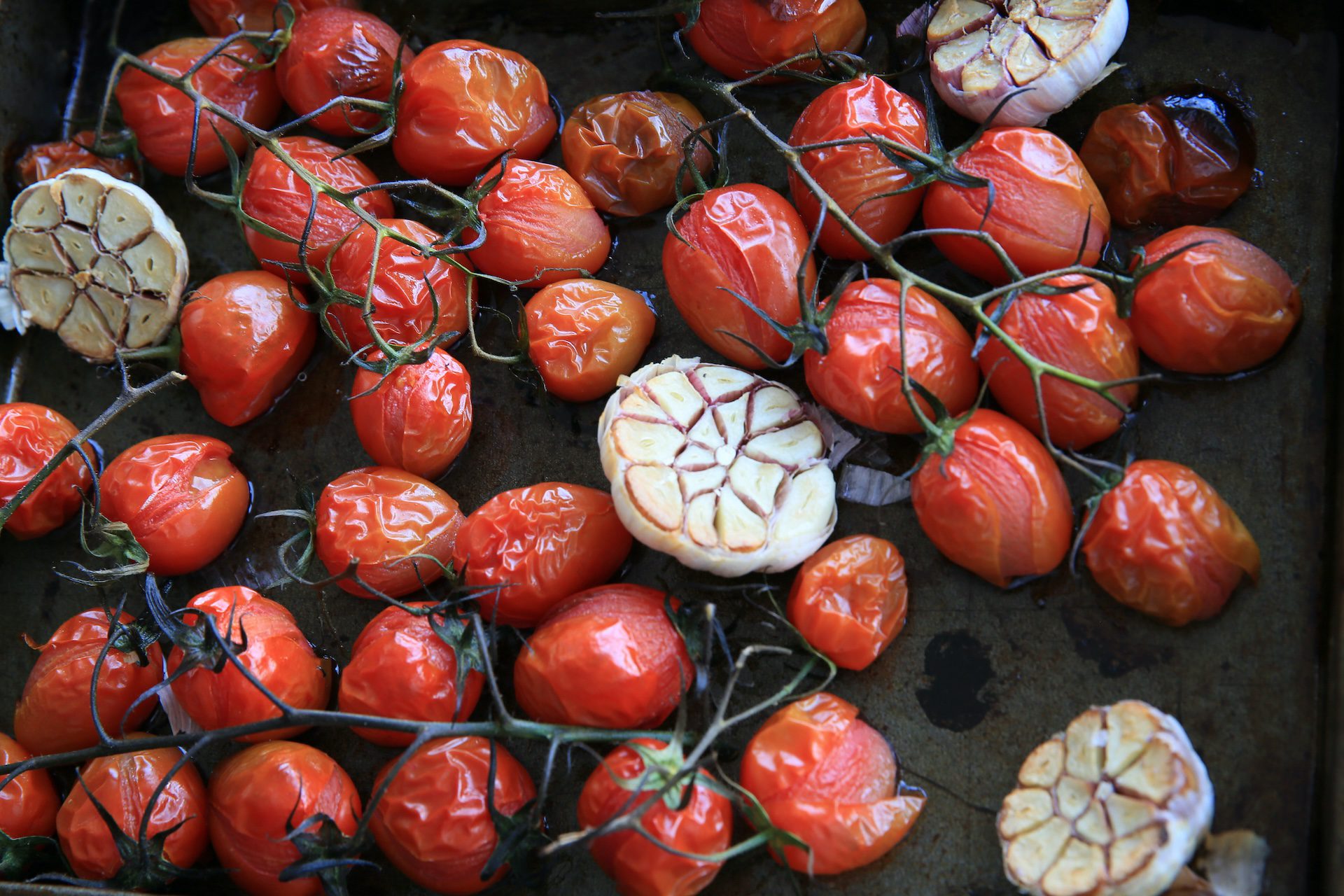
Roast the vegetables to amplify their flavors | Photo credit: Jennifer Eremeeva
Eastern European Cabbage Soup
Equipment
Ingredients
- 1 smoked ham hock or ¾-lb of thick-cut smoked bacon
- 1 whole head of cabbage green, Savoy, red, purple, or a mixture of all
- 2 medium-sized carrots peeled and cut into a small dice
- 3 medium parsnips peeled and cut into a small dice
- 2 cups of sauerkraut roughly chopped with its juice
- 1 punnet of fresh cherry tomatoes
- 2 yellow onions roughly chopped
- 8 cups 2 liters of beef broth or vegetable stock
- 6 Tbls of olive oil
- 1 head of garlic cut on the bias
- 2 Tbls of tomato paste
- 3 Tbls of prepared horseradish
- 1 Tbls of brown sugar
- 6 sprigs fresh thyme
- 2 bay leaves
- 2 tsps. caraway seeds
- 2 tsps. whole juniper berries
- 1 tsp of black peppercorns
- 1 tsp of whole coriander seed
- 1/2- tsp of white peppercorns
- 2 cups 475 ml of finely sliced Brussels sprouts (this ingredient is optional, but it gives a nice tartness to the finished soup.)
- Salt and pepper
- To garnish:
- Fresh parsley and dill
- 1 generous dollop of sour cream
Instructions
- If you are using a ham hock, place it in a heavy bottom pot and pour the stock over it. Heat over medium heat until simmering. Add the Bay leaves and a generous handful of salt and simmer for 45 minutes. If you are using the bacon, cut it into ½-inch lardons and fry until just browned. Then pour in the stock and bring the mixture to a simmer as above. Add the Bay leaves and salt and simmer for 45 minutes. Allow the stock to cool to room temperature.
- Preheat the oven to 400℉ (204ºC) and adjust the oven rack to the middle height. Line a baking sheet with parchment paper.
- Remove the outer leaves and core of the cabbage and cut into 6-8 wedges. Brush the cabbage with 2 Tbls of olive oil and sprinkle generously with salt and several generous grinds of the pepper mill.
- Toss the cherry tomatoes in 1 Tbls of the olive oil and sprinkle with salt and pepper and tuck the sprigs of thyme between them. Toss the diced carrots, halved garlic head, and parsnips with 1 Tbls of olive oil and a generous pinch of salt and place them in a foil pouch together.
- Roast the vegetables for 30 minutes, monitoring them to ensure they don’t scorch. Remove from the oven cool to room temperature. When they do, mash the cherry tomatoes with a potato ricer and chop the cabbage into bite-sized pieces.
- Drain the stock, keeping the ham hock or lardons. If you are using the ham hock, discard the fat and shred the remaining meat, but keep the bone! Wipe out the pot and return it to the stove over medium low heat.
- Sauté the onions in the remaining 2 Tbls of oil until translucent. While the onions are sauteing, gently toast the caraway seeds, coriander, juniper berries, and white peppercorns over low heat in a skillet until their scent is amplified. Crush them with a mortar and pestle or grind in a spice grinder.
- Add the tomato paste and sugar to the onion mixture and toss to coat all the onions. Add the toasted spices and cook for an additional 3 minutes. Then add the stock, horseradish, all the roasted vegetables, chopped cabbage, the bacon lardons or shredded ham and its bone, the Bay leaves, and the sauerkraut and its juice.
- Bring the soup to a very gentle simmer, then set the top of the pot slightly askew and simmer on the lowest possible heat for 2 hours, or, if you prefer, put the lid on tightly and set the pot in a preheated oven at 160℉ (70ºC) for 5-6 hours.
- Remove the ham bone, Bay leaves, thyme sprigs and garlic husks from the soup pot. Bring the mixture to a light simmer and add the sliced Brussel sprouts and half of the chopped parsley and dill and warm through.
- For best results, let the soup to sit overnight so that the flavors will fully develop. Serve with the remaining chopped herbs, and the obligatory dollop of sour cream. A small tote of vodka and several thick slices of rye bread or crusty bread makes this a meal!
Notes
Nutrition
Frequently asked questions
Is Cabbage Soup Healthy?
The nutritional benefits of cabbage soup have also contributed to its enduring popularity. Cabbage is low in calories but high in vitamins C and K, and it contains antioxidants that may help reduce inflammation. When combined with other vegetables and lean proteins, cabbage soup can be a nutritious and balanced meal. This aligns well with modern trends towards healthier eating, giving this ancient dish new relevance in contemporary diets.
In recent years, there has been a growing interest in fermented foods with their potential probiotic benefits. This trend has brought renewed attention to versions of cabbage soup made with sauerkraut or other fermented vegetables. This healthy recipe not only includes the traditional flavors of Eastern European cuisine but also aligns with contemporary interests in gut health and natural probiotics.
Are Cabbages Sustainable?
As concerns about sustainability and food security grow, dishes like cabbage soup are gaining new appreciation. Cabbage is a relatively low-impact crop, requiring fewer resources to grow than many other foods. It’s also highly efficient in terms of yield per acre. These factors make cabbage soup an environmentally friendly choice, aligning with the values of eco-conscious consumers.
Cabbage soup is far more than just a simple dish of vegetables in broth. It is a testament to the ingenuity and resilience of Eastern European peoples, a thread that runs through centuries of history and culture. From its origins as a peasant staple to its status as a beloved traditional food and a subject of culinary innovation, cabbage soup continues to nourish bodies and souls. As we face global challenges related to nutrition, sustainability, and cultural preservation, this humble dish from Eastern Europe may have much to teach us about the value of simple, wholesome food and the power of culinary traditions to connect us to our past and to each other.
Can I lose weight on the Cabbage Soup Diet?
Most medical experts believe that living on a diet of watery cabbage soup is not an effective way to lose weight, but cabbage itself is very healthy, and combined with other nutrient-rich vegetables and sources of protein can be part of a healthy diet.
How Long Can I Store Cabbage Soup?
Cabbage soup will last in the refrigerator in an air-tight container for 4-6 days. To freeze, store in freezer-safe containers for up to 3 months, and bring to room temperature before reheating over medium-high heat.
Enjoy more posts like this one!
 Tangy Kefir Brined Chicken Shashlik
Tangy Kefir Brined Chicken Shashlik
Tangy Kefir Brined Chicken Shashlik
 How to Make Shashlik: Recipes for Juicy Meat Skewers
How to Make Shashlik: Recipes for Juicy Meat Skewers
How to Make Shashlik: Recipes for Juicy Meat Skewers
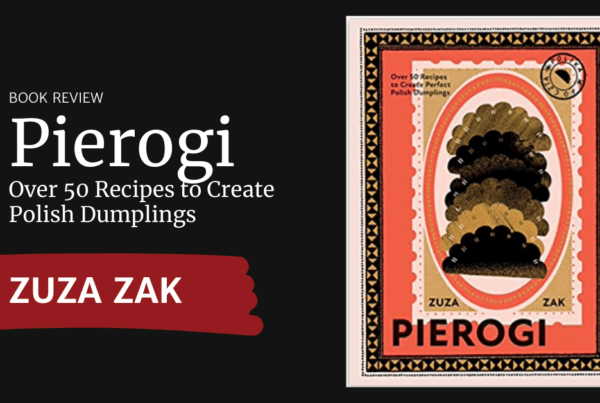 Pierogi: Over 50 Recipes to Create Perfect Polish Dumplings
Pierogi: Over 50 Recipes to Create Perfect Polish Dumplings
Pierogi: Over 50 Recipes to Create Perfect Polish Dumplings
 Amber & Rye: A Baltic Food Journey
Amber & Rye: A Baltic Food Journey
Amber & Rye: A Baltic Food Journey
 Podcast: Carpathia: Food from the Heart of Romania
Podcast: Carpathia: Food from the Heart of Romania
Podcast: Carpathia: Food from the Heart of Romania
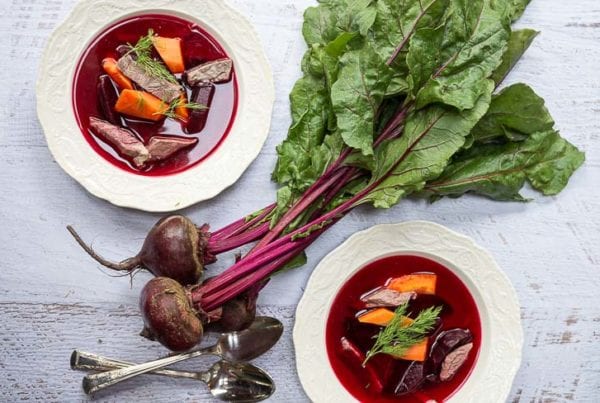 New England Borsch? Really?
New England Borsch? Really?
New England Borsch? Really?
 Buttery Blini for Russian Maslenitsa
Buttery Blini for Russian Maslenitsa
Buttery Blini for Russian Maslenitsa
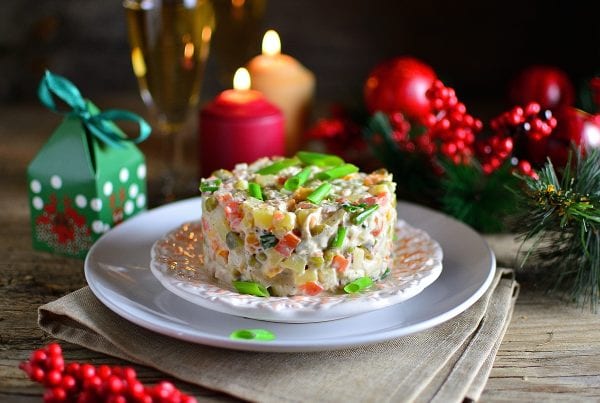 Russian Potato Salad: A Recipe for Salat Olivier
Russian Potato Salad: A Recipe for Salat Olivier
Russian Potato Salad: A Recipe for Salat Olivier
 Veal Orloff: A French Classic Fit for a Russian Prince
Veal Orloff: A French Classic Fit for a Russian Prince
Veal Orloff: A French Classic Fit for a Russian Prince
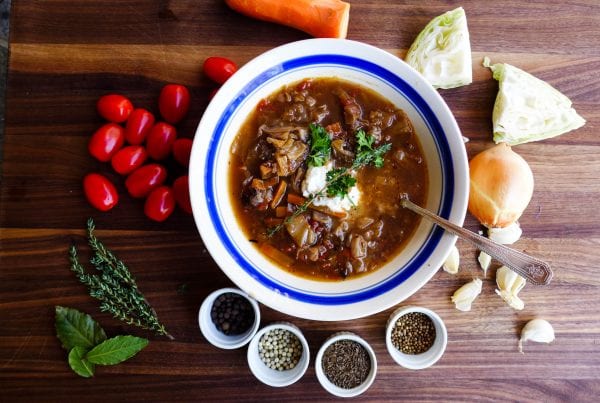 Easy Healthy Eastern European Cabbage Soup: A Recipe
Easy Healthy Eastern European Cabbage Soup: A Recipe

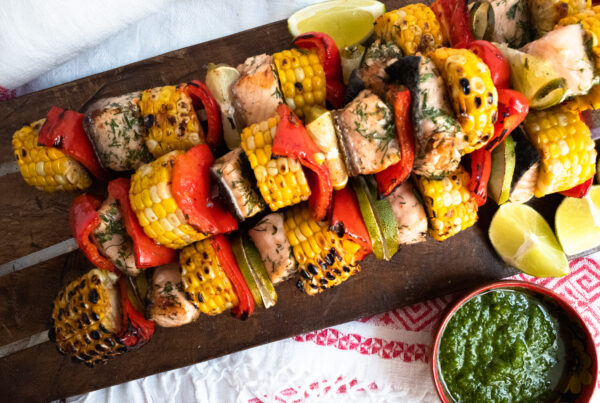
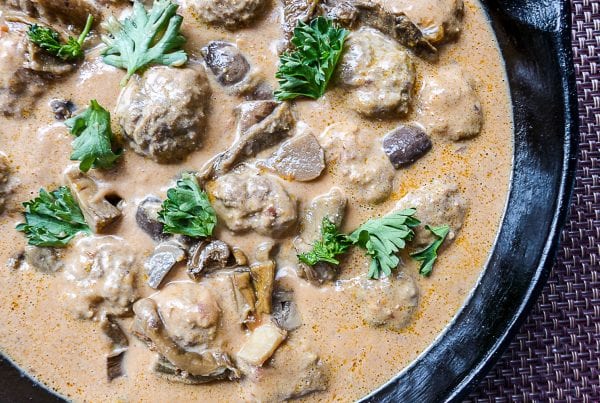
My first impression of a soup named “KGB Cabbage Soup” is one in which seconds is never an option. No matter how tasty. Now “SHCHI” is a soup I’ve enjoyed in Russia and Ukraine in both the Soviet time and post Soviet time. When prepared with effort and an appreciation for great food, it is a dish I would enjoy on a weekly basis. Even when it’s simply thrown together it can still be a tasty staple.
I will be trying my hand this coming weekend at KGB Cabbage soup. Can’t wait. A hearty snow fall would make the day complete.
Never added kvass to my Shchi before! I need to try this! Love allspice but hard to find here in Australia, so I don’t use it as often as I’d like! Love your Pinterest Pin!!!